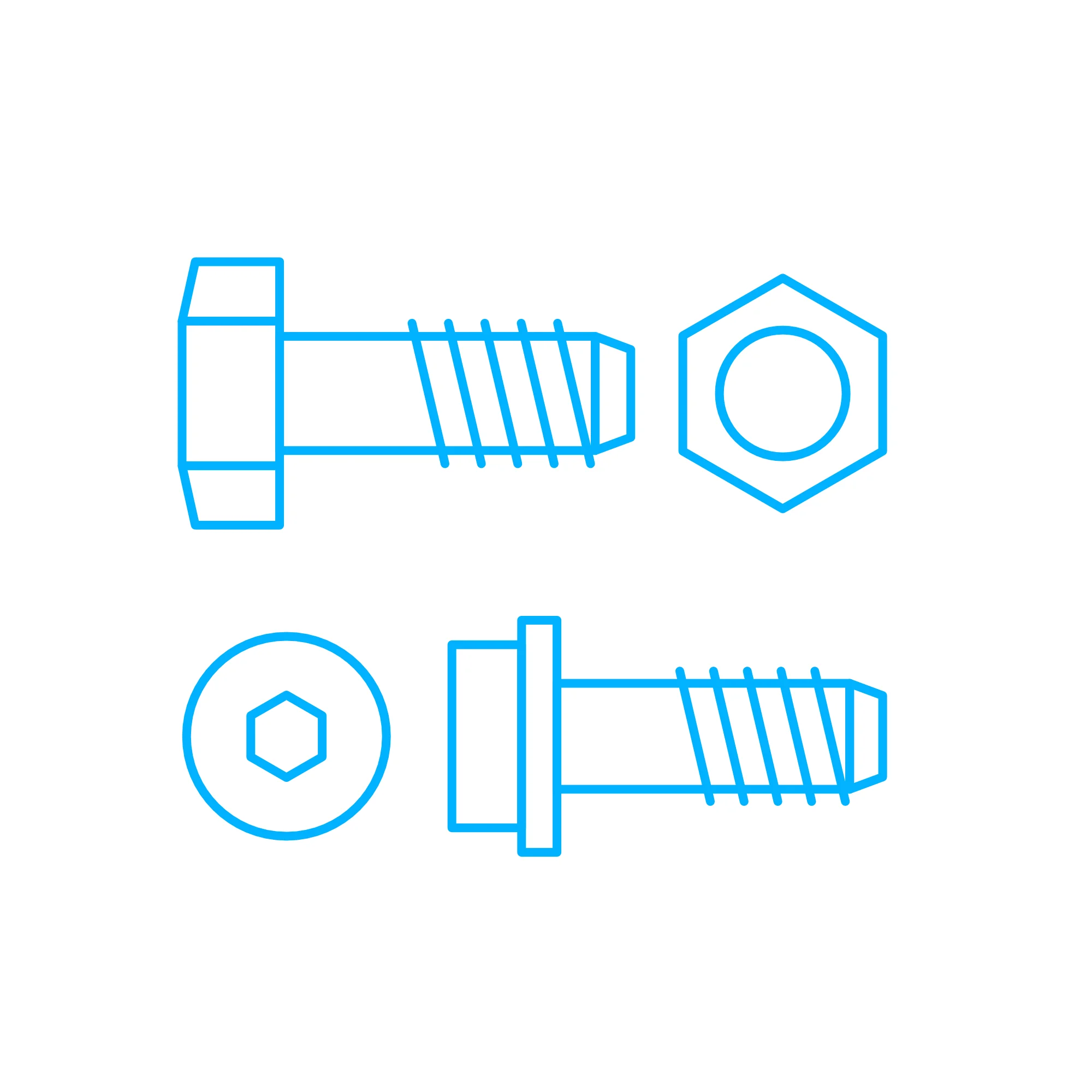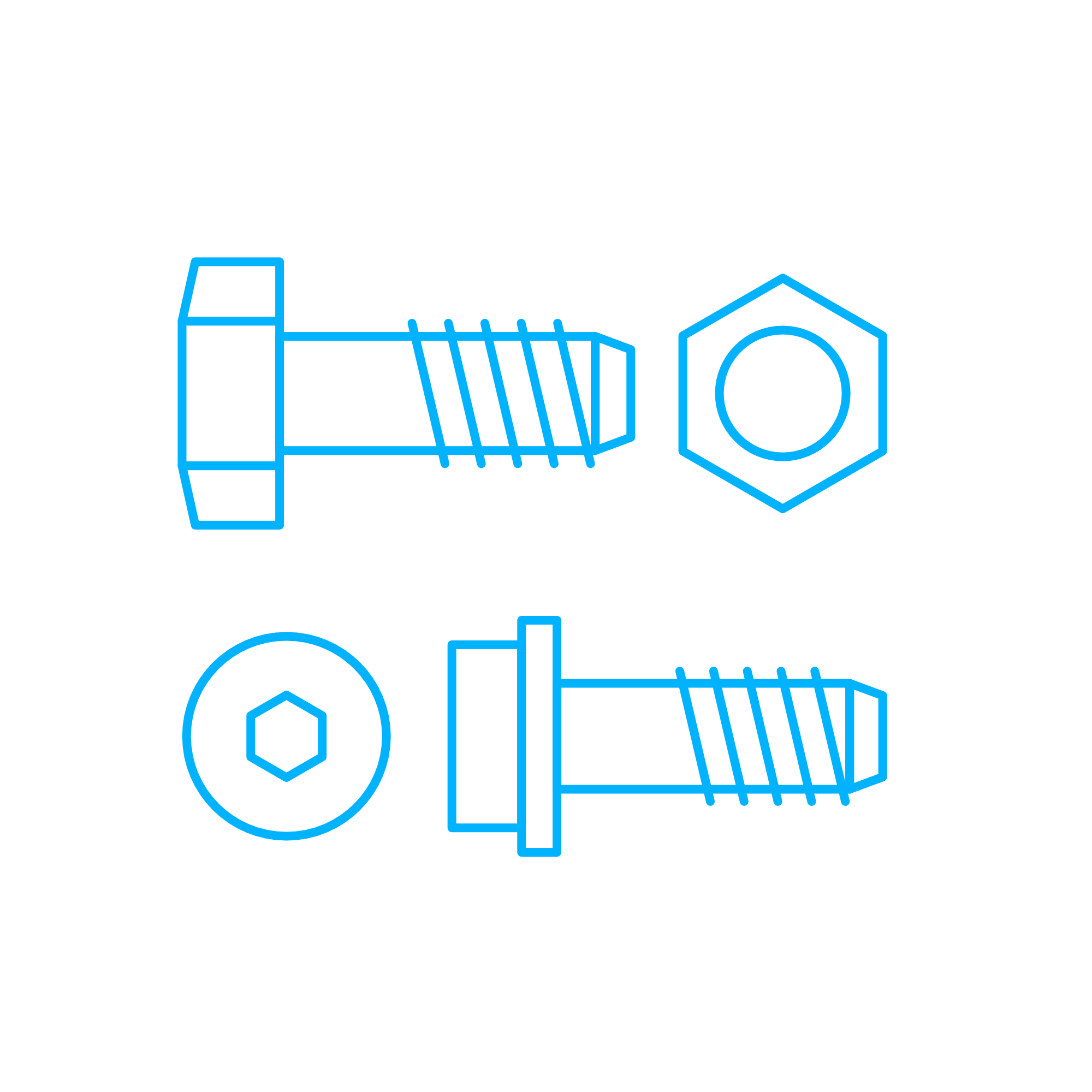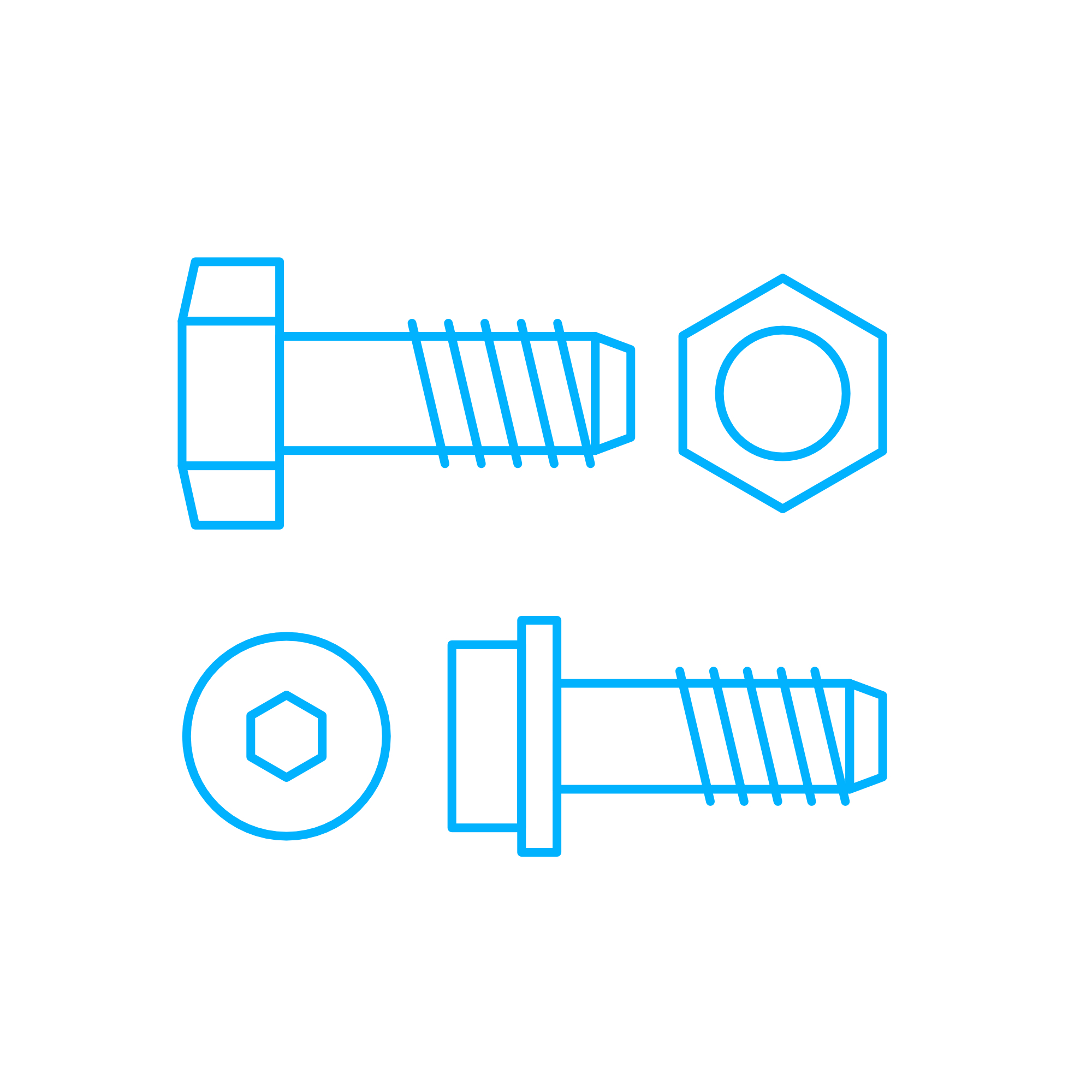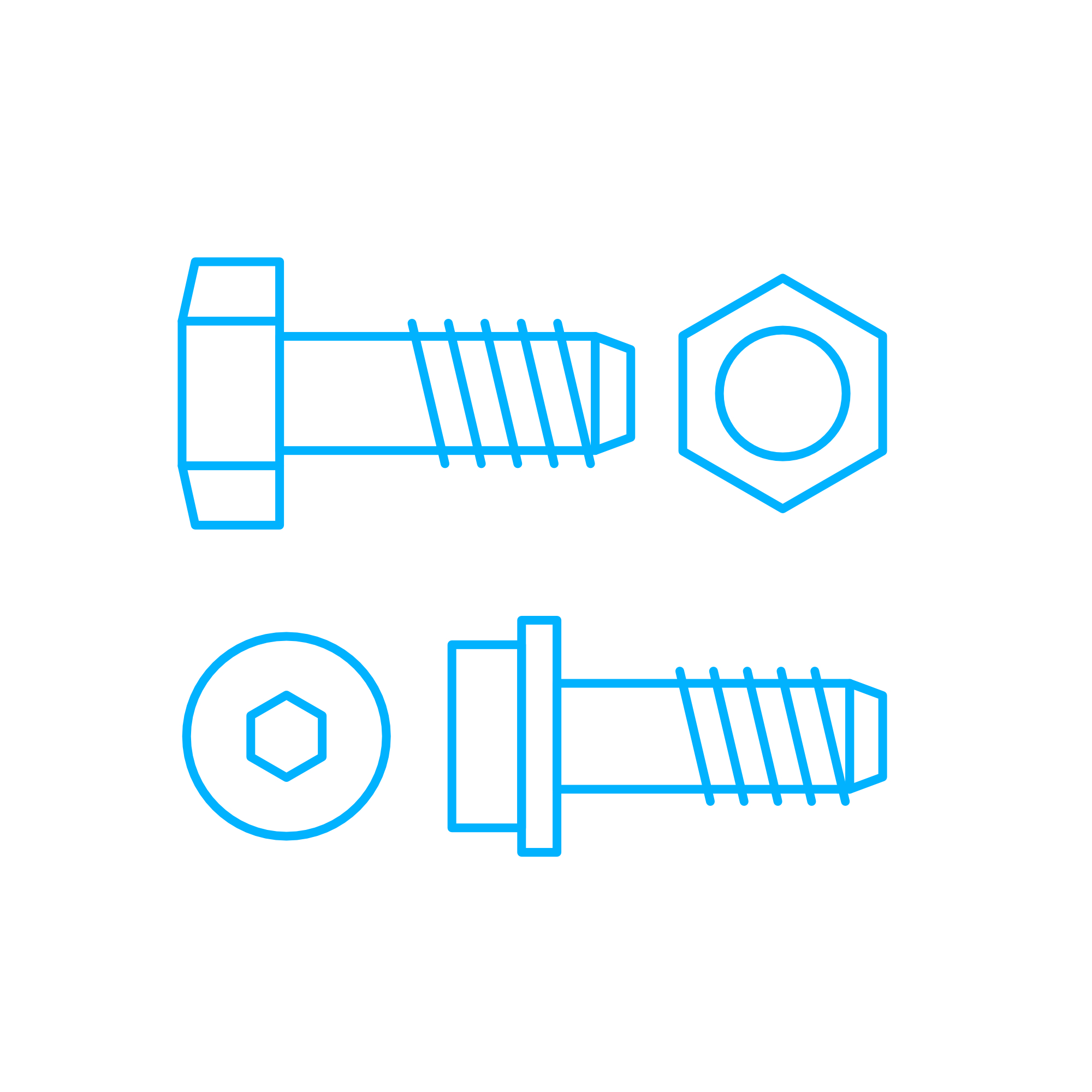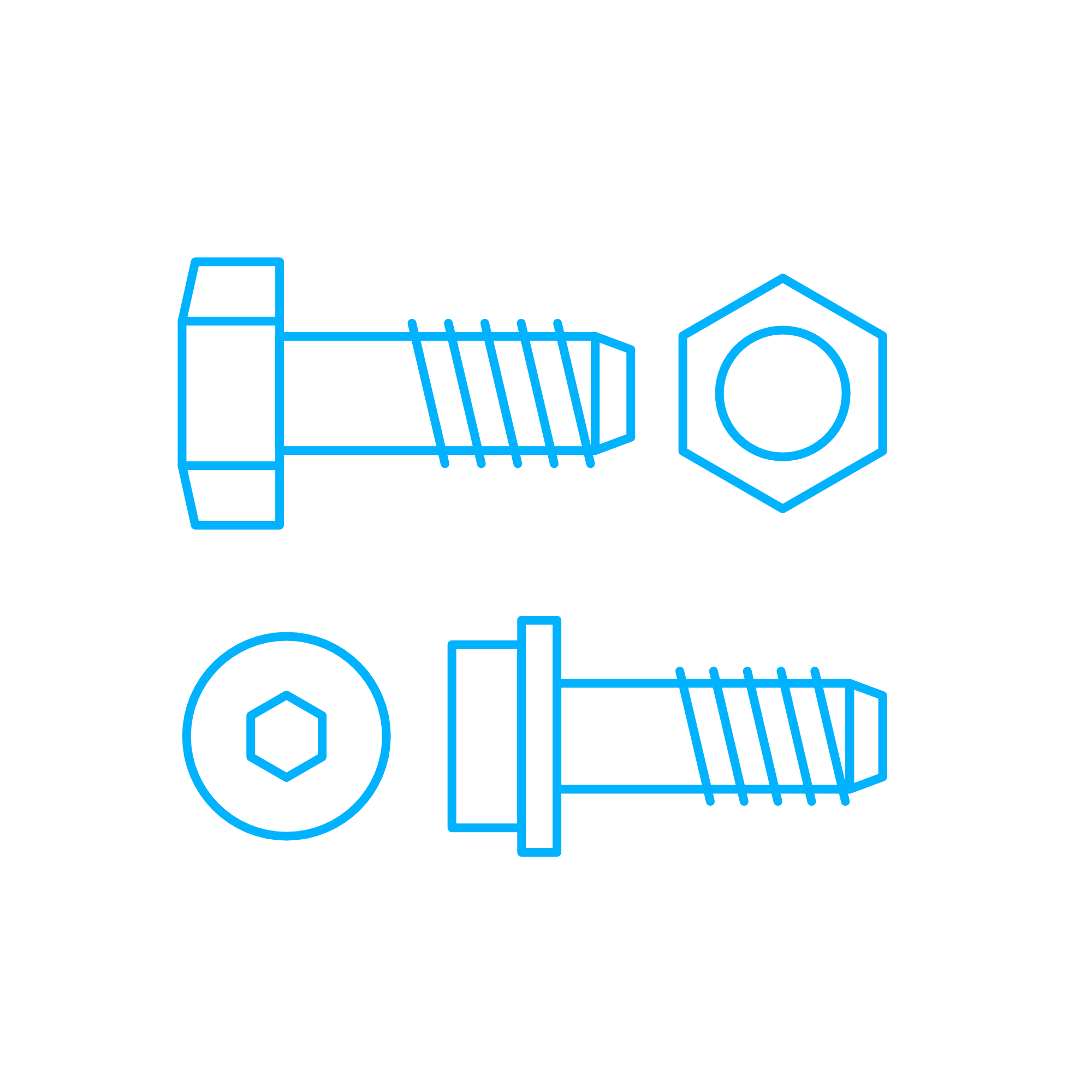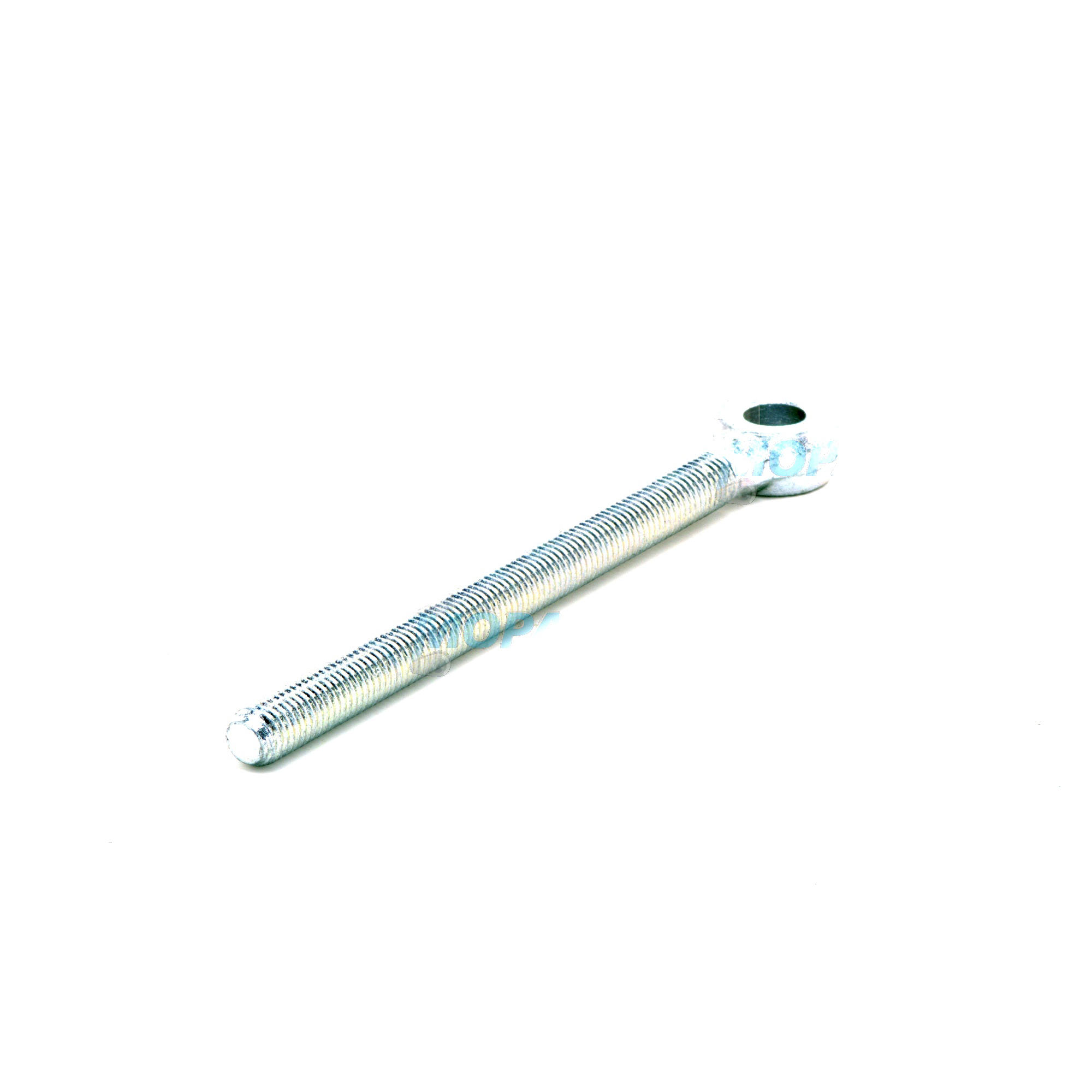EYE BOLT and Screws for High‑Performance Marine and Diesel Engines
Screws are precision-engineered fasteners that convert torque into clamping force, securing critical interfaces across engines. From cylinder heads and main bearing housings to turbocharger casings, pumps, and control cabinets, the right screw keeps components aligned, sealed, and safe under high thermal and mechanical loads. Within this category, the EYE BOLT plays a special role: it provides a safe, threaded lifting point for moving engine blocks, turbocharger cartridges, gear housings, and other heavy assemblies during maintenance—especially valuable in a marine engine room or power plant where space is tight and safety standards are stringent.
For purchasers and technical decision-makers, specifying the correct screws means balancing tensile strength, corrosion resistance, heat stability, and predictable tightening behavior. Material grade, property class (e.g., 8.8, 10.9, 12.9), thread form (metric, UNC/UNF), coating, and lubrication all influence joint integrity. In contrast to general-purpose hardware, engine screws and EYE BOLT solutions are designed for repeatable preload, long service life, and dependable performance across diesel engine and gas engine platforms.
Technical function of Screws and EYE BOLT in a diesel engine
The primary job of a screw in an engine assembly is to generate controlled clamp load that resists separation and slippage. During tightening, torque is translated into tensile stress in the shank; this elastic elongation clamps gaskets, flanges, or split housings together. Correct preload minimizes micro-movement, preserves gasket compression, and keeps surfaces flat despite thermal cycling. Engineers often use torque-angle methods and specified friction coefficients to achieve the target preload window. Lubrication, thread quality, and surface finish are therefore vital because they affect the k-factor and real clamp force for a given torque.
In high-load locations—such as main bearing caps, con-rod big ends (bolt-type designs), and exhaust manifolds—property class and metallurgy determine resistance to fatigue and creep. Coatings like zinc flake, phosphate-oil, or nickel-based systems stabilize friction and fight corrosion. On marine engine installations, stainless (A4) or duplex options can mitigate chloride-induced pitting, while insulated washers help reduce galvanic coupling. Thread-locking strategies include prevailing-torque nuts, chemical thread lockers, or wedge-lock washers where service dictates.
The EYE BOLT complements these functions by enabling safe handling. An EYE BOLT marine engine lifting point, sized per load charts (e.g., DIN 580 style), ensures controlled hoisting of subassemblies during overhaul. For a diesel engine, correctly rated EYE BOLT OEM parts—used with certified slings and verified thread engagement—reduce risk when lifting cylinder heads, charge-air coolers, or alternators. Proper alignment, load angle compliance, and seating on a flat, clean surface are non-negotiable for safe use.
- · High tensile strength classes (8.8/10.9/12.9) for dependable preload.
- · Heat-resistant alloys and coatings for exhaust and turbo areas.
- · Corrosion-resistant materials for marine engine environments.
- · Consistent friction properties for accurate torque-to-tension.
- · Metric and imperial threads for global engine fleets.
- · EYE BOLT options for certified lifting of heavy components.
- · Traceability and standards compliance for safety-critical joints.
Importance of Screws for engine reliability and service life
Screws underpin engine integrity. Insufficient preload leads to fretting, gasket failure, oil or coolant leaks, exhaust blow-by, and misalignment of rotating parts. Over-tightening can exceed yield strength, thinning the safety margin against fatigue and causing early fracture. In turbocharger mountings, poor fastener control leads to vibration, shaft imbalance effects, or housing distortion that reduces efficiency. For control cabinets and sensor brackets, loosening can trigger wiring strain or signal noise that degrades monitoring and protection systems.
In the context of handling, an incorrectly selected or worn EYE BOLT in a diesel engine workshop raises severe safety risks. Thread damage, wrong load rating, or off-angle lifting can compromise the anchor point. Regular inspection, adherence to load direction limits, and correct mounting depth (typically ≥1× diameter in steel threads) are crucial to prevent incidents and keep maintenance predictable.
Advantages of OEM spare parts suitable for Screws
Choosing OEM spare parts suitable for Screws ensures dimensional accuracy, verified metallurgy, and repeatable tightening behavior across batches—outcomes that translate directly into uptime and lifecycle value. You benefit from controlled friction characteristics (pre-lubed or specified surface finish), consistent heat treatment, and validated coatings that resist both temperature and corrosion in marine environments. Batch traceability and testing (e.g., per ISO 898-1) provide the evidence base for safe operation in safety-critical joints.
For EYE BOLT applications, OEM parts deliver reliable thread fit, shank geometry, and eye integrity consistent with the rated Working Load Limit. This reduces the risk of micro-cracks, occlusions, or dimensional drift that can occur with uncontrolled manufacturing processes. The result is safer lifts, faster overhauls, and fewer non-conformities during class inspections.
From a budget perspective, the value is clear: predictable torque-to-tension means fewer failed gaskets, less rework, and reduced downtime. Stable corrosion performance cuts replacement frequency in salt-laden air. Long-term, the total cost of ownership is lower because critical joints stay tight and components remain aligned and efficient.
MOPA – Partner for OEM spare parts Screws and EYE BOLT
MOPA is an experienced, reliable partner for OEM spare parts Screws across diesel and gas engines. The portfolio covers engine screws, stud/washer/nut kits, high-temperature fasteners for turbocharger and exhaust lines, as well as EYE BOLT solutions for safe lifting during overhaul. Customers value MOPA’s speed in sourcing, the quality of vetted OEM parts, and the security of transactions backed by clear documentation and traceability.
Whether you operate a deep-sea vessel, a coastal ferry, or a land-based CHP unit, MOPA streamlines procurement with precise cross-referencing to engine maker part numbers, multi-brand coverage, and logistics optimized for minimal downtime. The result is a dependable supply of screws and EYE BOLT OEM parts aligned with the performance, reliability, and safety requirements of modern engine rooms.
EYE BOLT selection tips for marine engine maintenance
Match thread size and pitch to the casting or adapter plate, verify minimum thread engagement, and respect load direction charts. Inspect for corrosion or deformation, maintain clean threads, and replace components that show wear. When in doubt, consult MOPA for the correct EYE BOLT OEM parts compatible with your engine model.
Conclusion
Screws are the backbone of engine assemblies, delivering the controlled clamping force that preserves alignment, sealing, and performance. Paired with the right EYE BOLT for safe handling, they keep marine engine and diesel engine maintenance efficient and secure. Opting for OEM spare parts suitable for Screws provides consistent quality, robust reliability, and long service life across your fleet.

